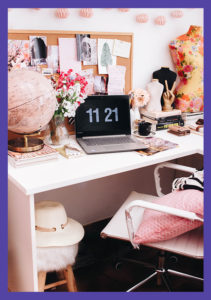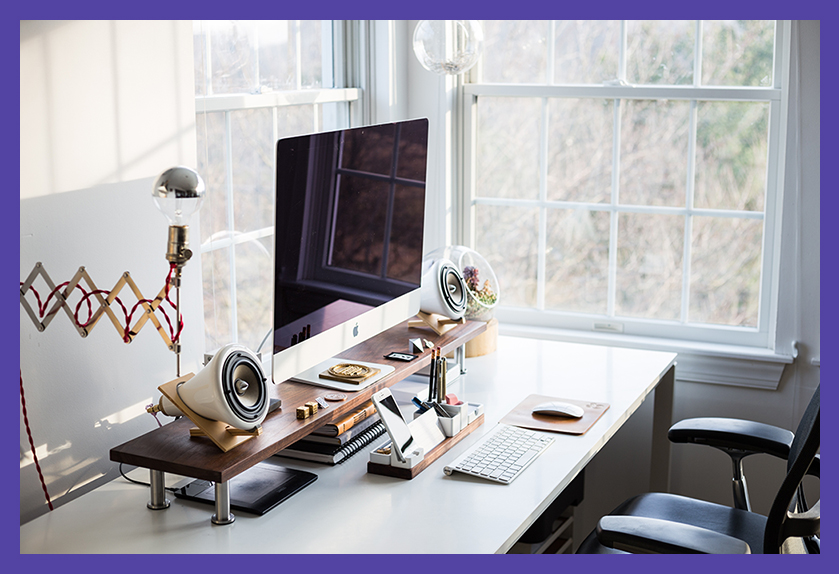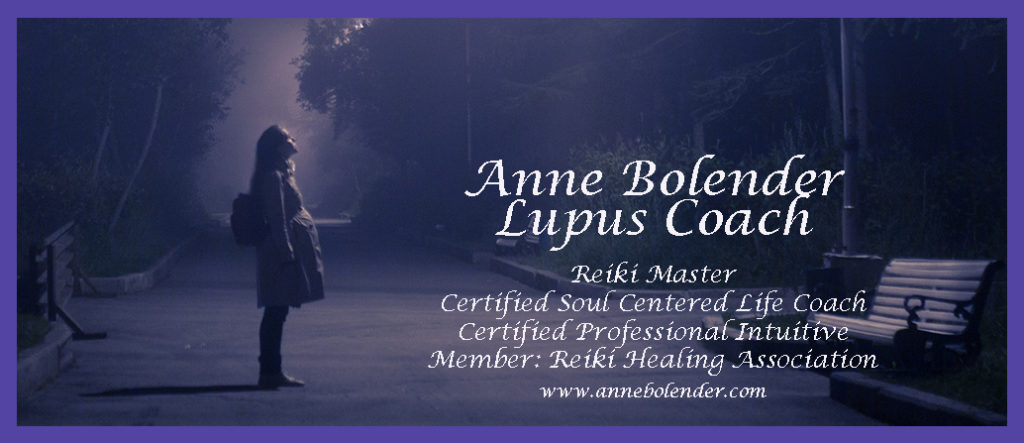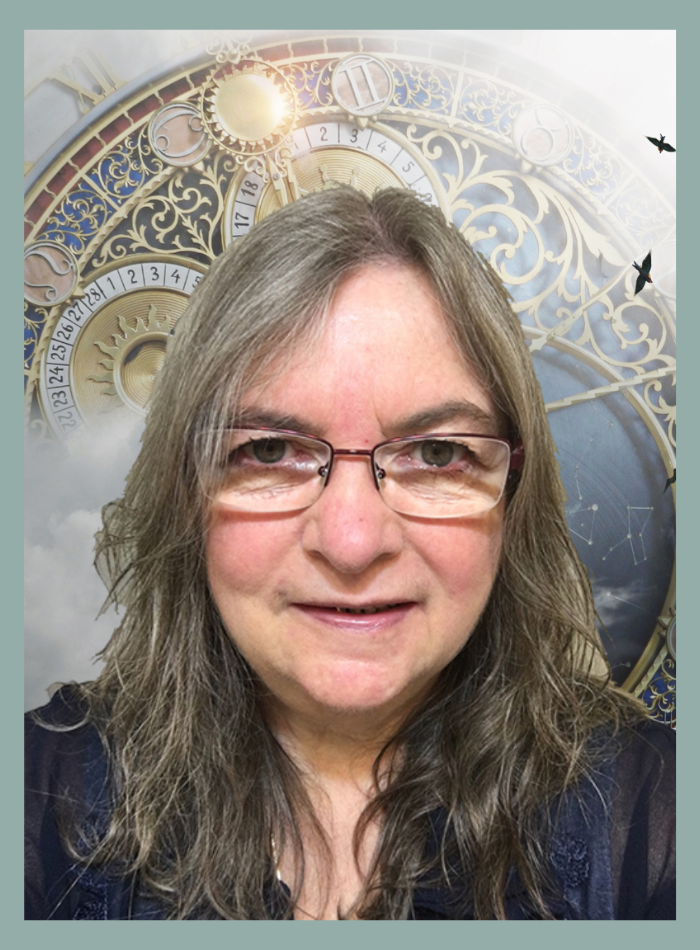 Identity Shifting – External Sources
Identity Shifting – External Sources
Our identity is created not only by internal sources, what we say, think, feel, and do, but also by external sources – our immediate environment.
If someone who did not know you very well walked into your house, what could they tell about you? Does your interior decorating have an identifiable style (modern, Victorian, industrial…) or is it eclectic (pieces bought when you need them, based on what you like from what is available). Do you have flowers in your house, or do you have a garden? What do the paintings, and knick-knacks say about your taste and your identity?
What do the other houses on your street look like? Do you live in a big city? A small village? A rural setting? At the beach?
Do you have a home office? If someone walked into it, how would they describe your identity? What is on your desk? Or in your desk drawer? What is your computer screen saver? What books do you have on your bookshelves?
Each aspect of your environment (home, garden, the city you live in, the other houses on your street) all contribute to creating and reinforcing your identity. But pretty much everything in your immediate environment can be altered, replaced by items that reflect and reinforce your new identity.
If I was someone who wanted the identity of a well-travelled adventurer, my book shelves would be  loaded with city guides, autobiographies of well known travellers and travel writers. My desk would be covered with the itineraries of trips I had planned but had not yet taken. The walls of my office would be covered with pictures of places I want to visit, statues and items that look like souvenirs would be strategically placed around the room.
loaded with city guides, autobiographies of well known travellers and travel writers. My desk would be covered with the itineraries of trips I had planned but had not yet taken. The walls of my office would be covered with pictures of places I want to visit, statues and items that look like souvenirs would be strategically placed around the room.
All these external cues would help reinforce the way I thought about myself, in terms of the identity I am creating.
External Identifiers
There are a number of external identifiers that we can use to help us shift our identity. They include:
1) Our external environment. As mentioned above, our home, the neighbourhood we live in, the urban or rural community that we live in, even the country we live in can impact our identity and help us redefine who we are becoming when we undergo an identity shift.
2) The people we know. Do we know and associate with people who reflect the identity and values of the person we are shifting our identity to become? Or do the people we associate with reflect the identity of the person we are trying to move away from?
3) Reading autobiographies and watching documentaries on people who inspire us can help us identify more strongly with the person we are trying to become, with what it will be like when we become that person (how to act, what to do, etc.)
4) Remember that with Identity Shifting there is no such thing a too big or too impossible. Anything is possible if you stick with it long enough so don’t think too small, and definitely don’t give up before you have achieved what you wanted to achieve. Only you need to know exactly what your goals are so no one will be judging or criticizing you. All they will be is amazed as you are becoming who you want to be.
5) If you find that you are having a difficult time believing that you can become the person you dream of being, them break the process down into manageable steps. Baby steps will eventually get you to your wildly improbable goal, but they will get you there.
6) Don’t give up. Even when it feels like nothing is happening, stick with the story of your new identity. By sticking with your new story, you will start moving forward again.
7) Don’t worry about how you are going to achieve the identity you have set out to create. All you need to do is to focus on the profile of the identity that you are trying to create, on the outcome of this creation process. When you focus on the outcome, the ‘how’ pieces will fall into place at the appropriate time.
Once you have started this process of Identity Shifting, have fun with it. Be creative. And dream big. Big changes follow the same process as small changes do, so you might as well think big, really big.
In my next blog post, I am going to explore some Life Coaching techniques that are used to help clients with the Identity Shifting Process. These techniques are easy to you, and can be a lot of fun to do.
As always, if you would like some assistance, some encouragement, or some advice, feel free to book a free 30-minute one-on-one session with me by clicking here, or send me an email at info@annebolender.com.
.




